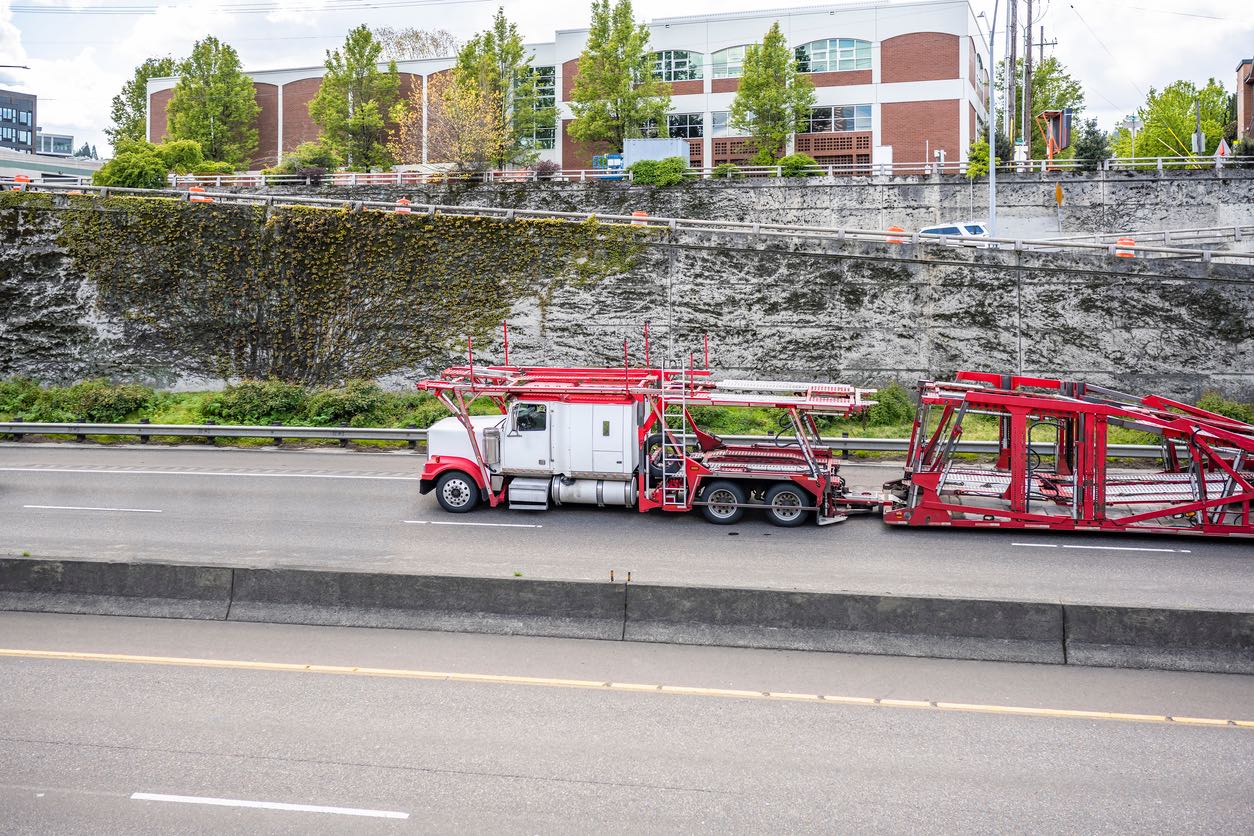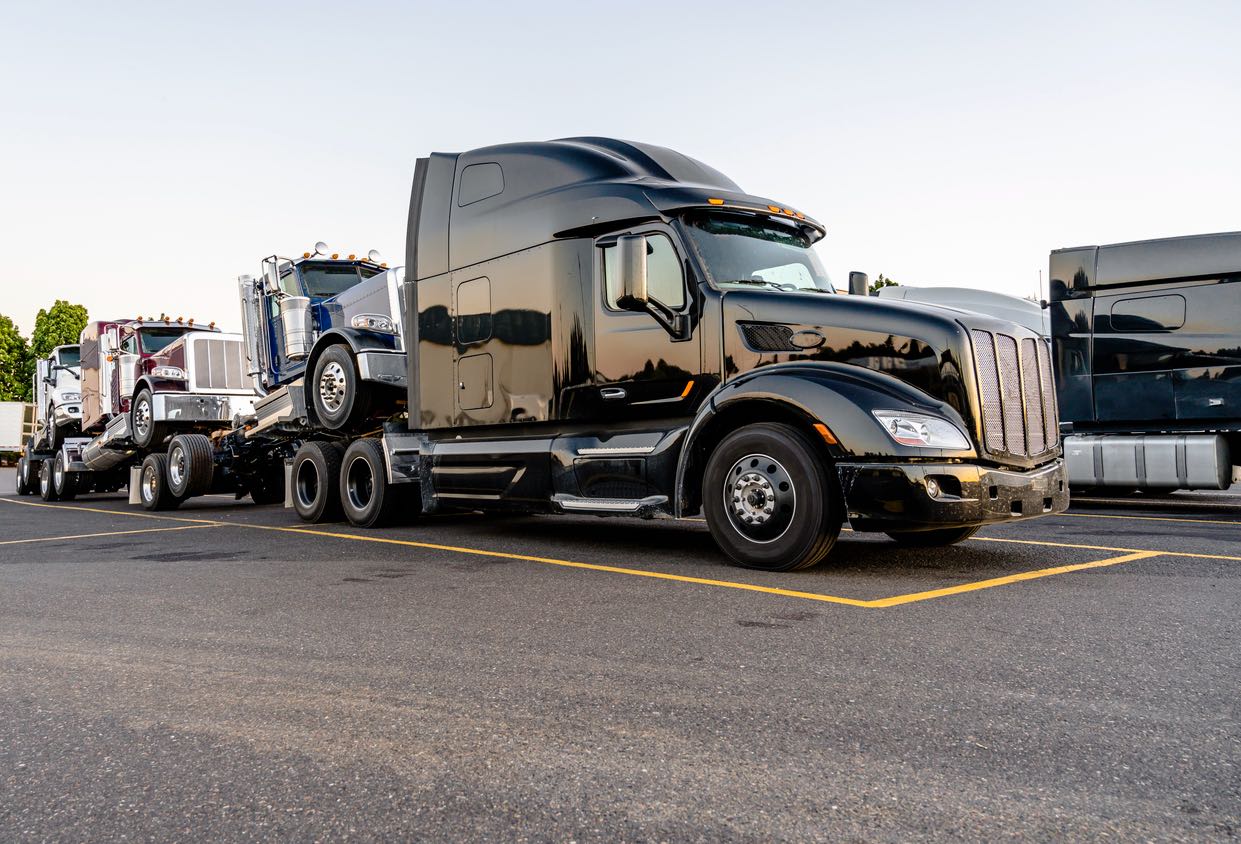The roads are no different at a time when technology is permeating every part of our existence. Road navigation is being revolutionized by the convergence of transportation and innovation, resulting in the development of autonomous driving systems and hands-free technologies. However, these developments also bring with them the difficulty of preserving traffic safety and comprehending the subtle behavioral differences among drivers in this contemporary environment.
Virginia Tech Transportation Institute (VTTI) went deep into this crucial territory, unveiling a comprehensive study that sheds light on the habits and behaviors of truck drivers in the face of distractions and modern technology. Their findings underscore the urgent need for adaptive tactics in addition to exposing the harsh reality of today’s driving issues. As we go deeper into this analysis, we’ll also look at how Ship A Car, Inc. is promoting secure and effective car shipping, completely in line with the observations and suggestions made by VTTI.
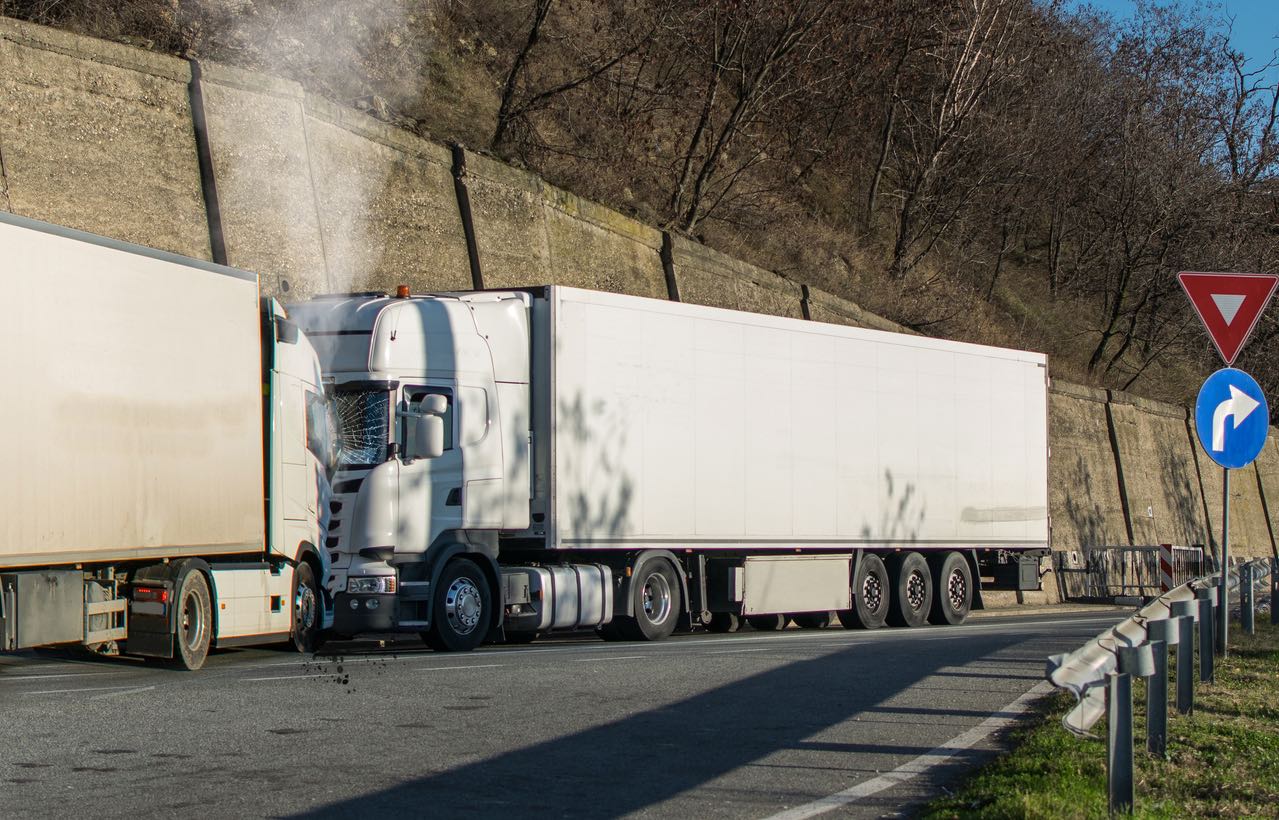
Distractions while driving are becoming a bigger problem in this day of constant technology breakthroughs and complex cabin surroundings, especially for truck drivers. The Virginia Tech Transportation Institute’s most recent research offers a thorough analysis of the kind and scope of driving distractions. Distracted driving is still one of the leading causes of accidents. Better driving practices and safer roads can be achieved by being aware of them.
The Clear and Present Danger of Mundane Actions: While the age of technology presents us with its own set of advanced distractions, it’s often the simple, everyday actions that can be most perilous. A startling realization has emerged from the Virginia Tech Transportation Institute’s extensive examination of truck driver habits: even seemingly harmless behaviors can be hazardous. VTTI chief researcher Susan Soccolich recently emphasized this issue during a Safety Management Council meeting for the American Trucking Associations. Not only are high-tech distractions like texting and browsing dangerous, but so are commonplace movements like reaching for a lunchbox. These minute-long distractions from the road can, and often do, lead to catastrophic results.
Cellphones – The Alluring Sirens of the Road: Due to their widespread use, cellphones have become an integral part of our everyday life. However, when used in conjunction with driving, this seemingly innocent device becomes a possible danger signal. Soccolich noted that there is a large increase in the danger of safety-critical occurrences while using smartphones for calling, texting, or simply just holding. For example, using a phone while operating a vehicle dramatically increases the probability of a potentially deadly incident by six times. In the trucking industry, where accuracy and attentiveness are critical, these kinds of distractions may have disastrous effects on other drivers as well as the truckers themselves.
Innocuous Actions, Serious Implications: Sometimes, the most harmful behaviors aren’t the ones that are immediately apparent as dangerous; rather, they might be the subtle, seemingly innocent ones. This was highlighted with frightening clarity in the VTTI trial. During the event, Soccolich’s talk brought to light how drivers frequently underestimate the hazards posed by “minor” distractions. For example, even reaching for an object while operating a vehicle can greatly increase the likelihood of an accident. It is clear what the main message is: on the road, every second counts, and even the smallest distractions can have disastrous consequences.
By revealing these kinds of things, the VTTI research provides a mirror to the trucking industry, reflecting the urgent problems that require quick resolution. The difficulties of contemporary driving extend beyond navigating intricate technological interfaces to include recognizing and reducing the risks associated with routine, everyday behaviors.
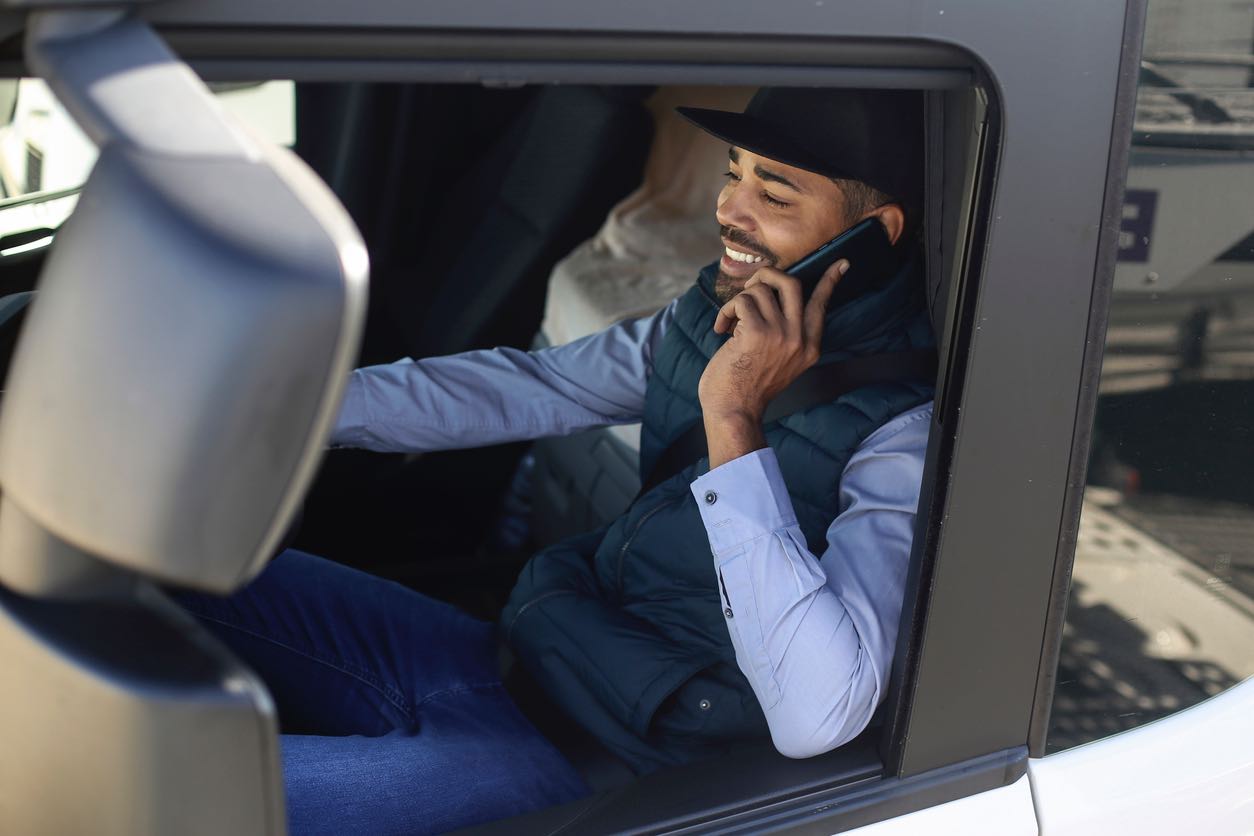
There are a plethora of elements that can affect the safety of drivers, passengers, and pedestrians in the always changing field of road safety. When we peel back the many layers associated with contemporary driving, which truths and patterns become apparent? In their quest to learn more, the Virginia Tech Transportation Institute (VTTI) made several startling and surprising discoveries that were not to be expected. Let’s explore their findings together.
Counterintuitive Insights
- The Therapeutic Power of Voice: While most distractions may be dangerous when driving, one may surprise you. According to the study, even seemingly little activities like singing or conversing might help drivers stay focused and less distracted while driving, which would lower the risk of accidents involving safety.
Cellphone Dangers:
- A Digital Age Threat: Although the precise extent of the hazards linked with using a phone while driving has been questioned, we are all aware of them. The results of VTTI are very clear: using a hand-held smartphone for functions like messaging, surfing, or merely holding the device increases the risk factors dramatically. The warning is clear: using a phone while driving can be dangerous, with the likelihood of an accident increasing by factors of 2.8 to an astounding 6 times.
The Menace of Drowsy Driving:
- Sleep’s Stealthy Threat: Although tiredness might seem a commonplace issue, its implications on the road are far from trivial. In a significant range of 2.9% to 10.9% of all driving samples, the study found instances of sleepy driving. Unbelievably, this sleep-induced fog increased the likelihood of drivers causing accidents by up to 3.7 times. The fact that there was no clear pattern linking sleepiness to particular driving hours further adds to the enigma, implying that a variety of variables contribute to this dangerous condition.
Newbie Drivers Beware:
- Rough Starts and Rookie Mistakes: There are obstacles to overcome when starting anything new, and driving is no different. The study emphasizes how dangerous the first two years of operating a commercial truck may be for any driver, regardless of age. The learning curve for inexperienced drivers looks higher than previously believed, with elevated dangers ranging from higher collision rates to moving infractions.
Health Certificates and Safety:
- Medical Vigilance Equals Safer Roads: Driving and health are related in ways that we may not usually think about. A key finding of the research highlighted how a driver’s Medical Examiner’s Certificate length might provide insight into their driving habits. The likelihood that the motorist will be involved in an accident or be in trouble for a driving-related infraction decreases with the length of time this certificate is valid.
It becomes clear when we examine these results that safe driving is far more complex than it first appears. Future road safety initiatives may be built upon the hard work of VTTI, guaranteeing that everyone travels on safer roads.
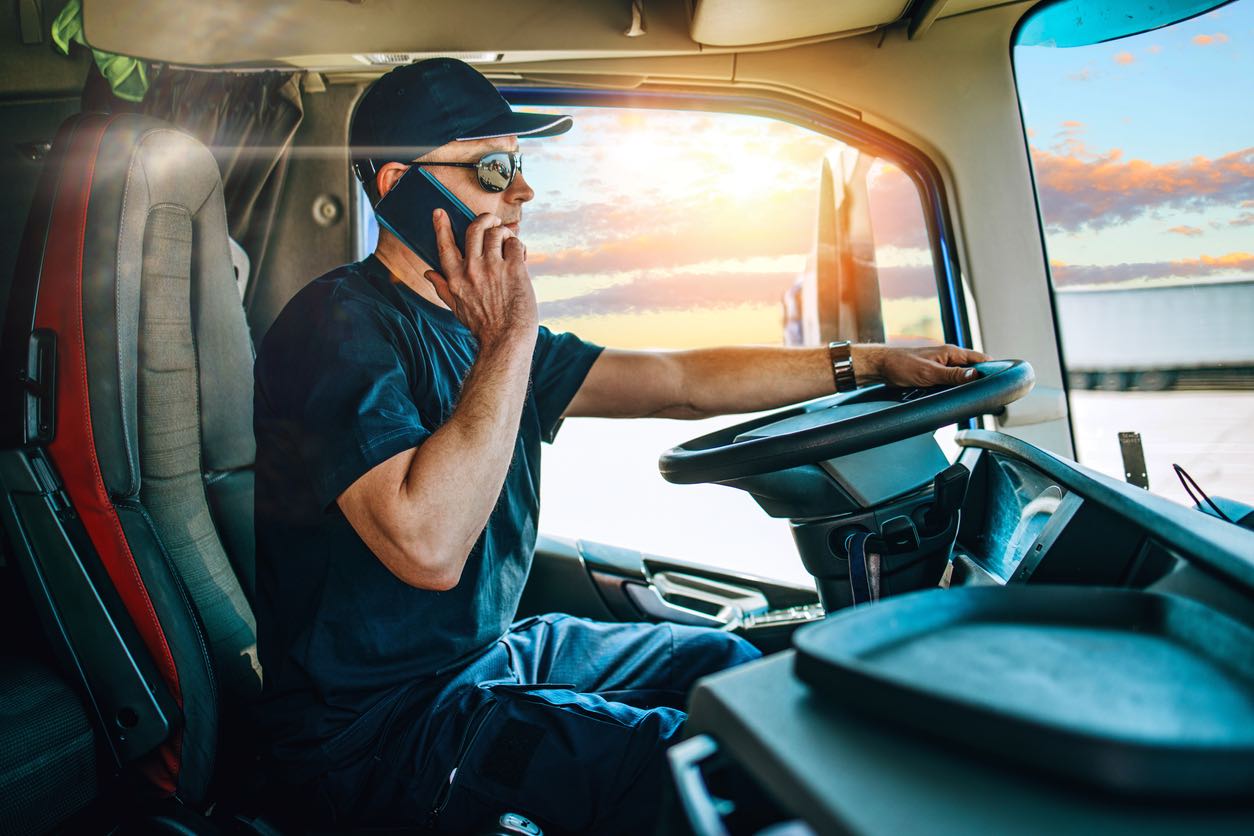
Cutting-edge technologies and innovation are the paving stones of the future. The Virginia Tech Transportation Institute (VTTI) is in the front of this transition, setting the standard and spearheading the drive for smarter, safer roads. A little peek at what they have coming up:
- Automated Systems and Beyond: Delving deep into the futuristic realm of driving.
- Driver’s Role in Semi-Automated Vehicles: An exploration of human adaptability and readiness.
- Driver Detention and Its Impacts: Scrutinizing the unseen consequences of detaining drivers.
Automated Systems and Beyond: The Virginia Tech Transportation Institute is determined to keep up its innovative work. Focusing on the fast progress of technology in the automotive industry, VTTI is boldly pursuing research fields that encompass the security and usefulness of autonomous driving systems. Roadways stand to be redefined by automation, but VTTI’s mission is to make sure that these advancements are in line with the highest standards of efficiency and safety.
Driver’s Role in Semi-Automated Vehicles: The human aspect is still essential even as technology advances. A crucial issue raised by VTTI is this: How skilled are drivers in effectively operating semi-automated vehicles? The organization intends to create extensive training programs in order to bring clarity. The goal of these initiatives is to close the gap between humans and machines by teaching drivers safe driving practices that will allow them to securely and smoothly engage with these cutting-edge vehicular wonders.
Driver Detention and Its Impacts: An often neglected component of vehicular study is the impact of driver detention on operational dynamics and safety. VTTI is allocating resources to investigate the consequences of driver detention in detail. Comprehending these subtleties can facilitate the development of regulations and procedures that protect the welfare of the driver as well as the smooth functioning of the transportation system.

In this naturalistic study, the Virginia Tech Transportation Institute digs deeply into the psychology and behavior of truck drivers, using advanced instruments and techniques to get unfiltered insights. These observations were greatly aided by cameras and sensors, which captured the subtleties of each drive. But the true problem was getting meaningful answers from drivers.
Under the Watchful Eye of Technology: VTTI’s approach was nothing short of unique, with the main goals being data integrity and understanding the real behaviors of truck drivers. Many people posed the question: do drivers act differently when they are aware they are being watched? In any observational study, this is a legitimate worry since subjects may behave differently if they know they are being watched.
Striking a Balance – Camera Intrusion vs. Authentic Behavior: Soccolich addressed this potential issue in the study methodology. Through the deliberate integration of cameras and sensors into the driving environment, researchers were able to watch drivers of commercial vehicles in a variety of situations, including negotiating unexpected terrain or frequented routes. Because of their subtle design, the electronic devices did not visibly impede the driving experience.
The Reversion to Innate Driving Habits: As the investigation went on, a fascinating finding was made. When drivers realize the camera is present, there may be a brief behavioral shift at first, but it is only transient. Remarkably, within the same trip, drivers usually restored to their original behavioral patterns. This reversal is noteworthy because it demonstrates how well the research captured actual driving behaviors and routines, which is essential for comprehending the underlying problems and developing solutions for safer roads.

Conclusion – A Deeper Understanding of Road Dynamics: The Virginia Tech Transportation Institute’s groundbreaking research emphasizes how critical it is to understand the nuances of trucker safety in a dynamic environment. As the study clarifies a variety of factors influence on-road behavior, from the dangers of using a cellphone to the nuances of driver tenure. In a time when technology permeates every aspect of life, it is critical that we refresh our understanding and provide training specific to these issues on a regular basis. Then and only then can we hope to create a setting where truck drivers not only excel in their profession but also make sure everyone on the road is safe.
Redefining Vehicle Transportation with Ship A Car, Inc.: Ship A Car, Inc. stands out as a leader in vehicle transport throughout the United States in this dynamic environment. Their outstanding reputation is based on their steadfast dedication to client satisfaction, efficiency, and safety. They offer a range of vehicle shipping services, whether it is for the transportation of heavy freight, family SUVs, antique automobiles, or commercial fleets. They cater to a wide customer base with a variety of demands. Their vast network, which consists of carefully selected carriers, represents a guarantee — a guarantee to carry your cars in a way that reflects the strict safety regulations highlighted by thorough studies like VTTI’s.
Choosing Excellence – Your Next Move with Ship A Car, Inc.: Embarking on a vehicle transportation journey? Considering the plethora of possibilities at your disposal? It’s time to decide with knowledge. By selecting Ship A Car, Inc., you are putting your cars in the hands of seasoned professionals that value professionalism, punctuality, and safety. They provide more than just transportation; they provide peace of mind by ensuring that every car gets to its destination just like it did when it drove across the street. Thus, there’s only one obvious way ahead for those looking for unrivaled knowledge and a dedication to quality: Ship A Car, Inc. Your vehicle’s voyage, executed perfectly.
- How significant is the risk associated with hand-held cellphone usage while driving? Hand-held cellphone tasks can increase the likelihood of accidents by factors ranging from 2.8 to 6 times, depending on the activity, like texting or browsing.
- Does driver experience impact the likelihood of accidents or violations? Yes, the first two years of operating a commercial vehicle are generally riskier in terms of crash rates and violations, irrespective of the driver’s age.
- Why should I consider Ship A Car, Inc. for my freight & vehicle transportation needs? Ship A Car, Inc. distinguishes out among its competitors because to the wide and screened network of carriers it works with to move automobiles and freight in a fast, safe, and secure manner.


